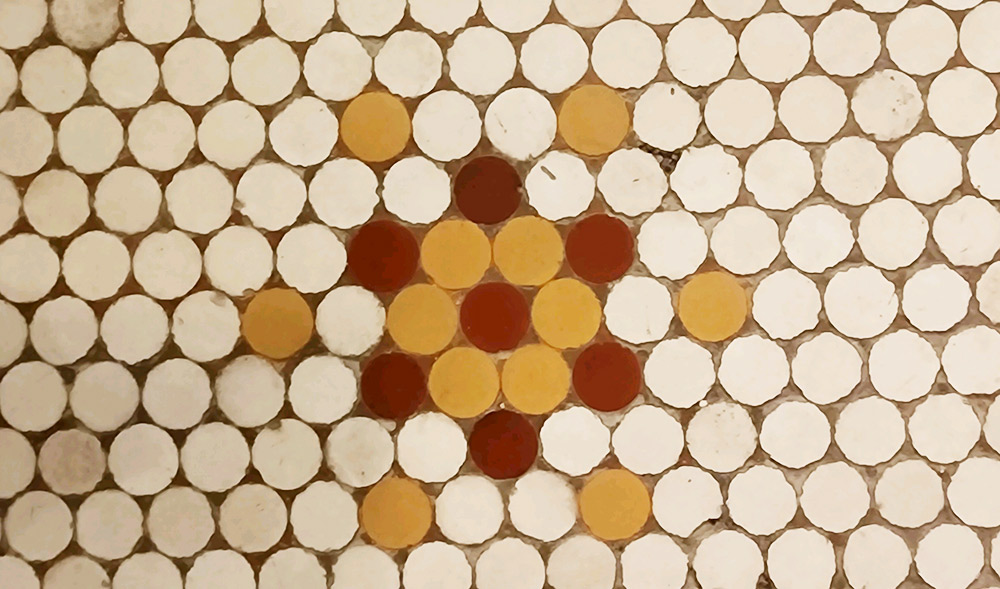A Penny-Round for Your Thoughts
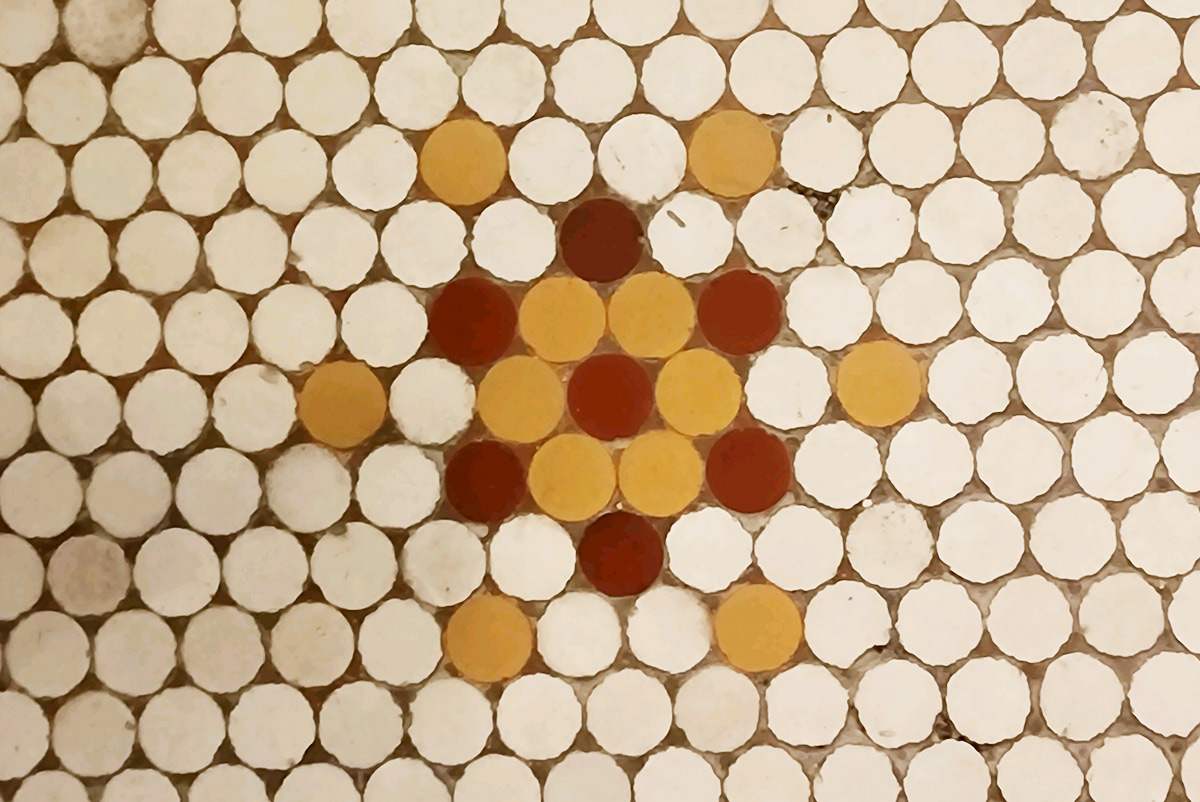
Today we talk about a tiny treasure, the penny-round, or penny tile. Penny-rounds became popular around 1900 as Victorian homes added them to luxurious indoor bathrooms and kitchens. The tiles were also used in public places like subways.
Like their name indicates, they are approximately penny-sized, porcelain tiles.
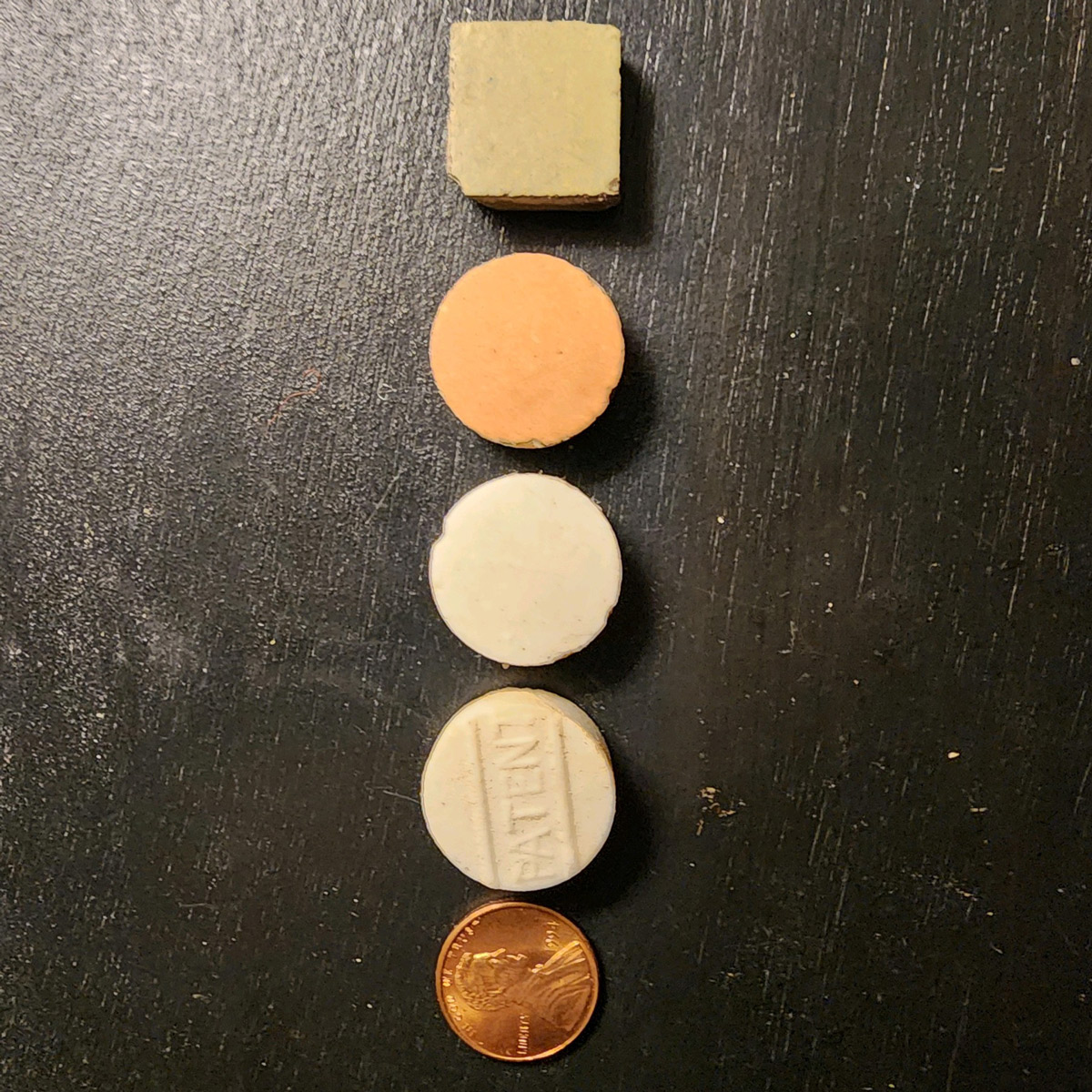
CHALLENGE: Who patented this penny-round? The word "patent" is on the back of each round!
What was the appeal of the penny-round tile?
Due to the small-sized and shaped tile, more grout was necessary to fix it in place. Extra grout increases friction and reduces slipping in spaces with wet foot traffic.
Of course, the tile could also be used to create patterns and designs.
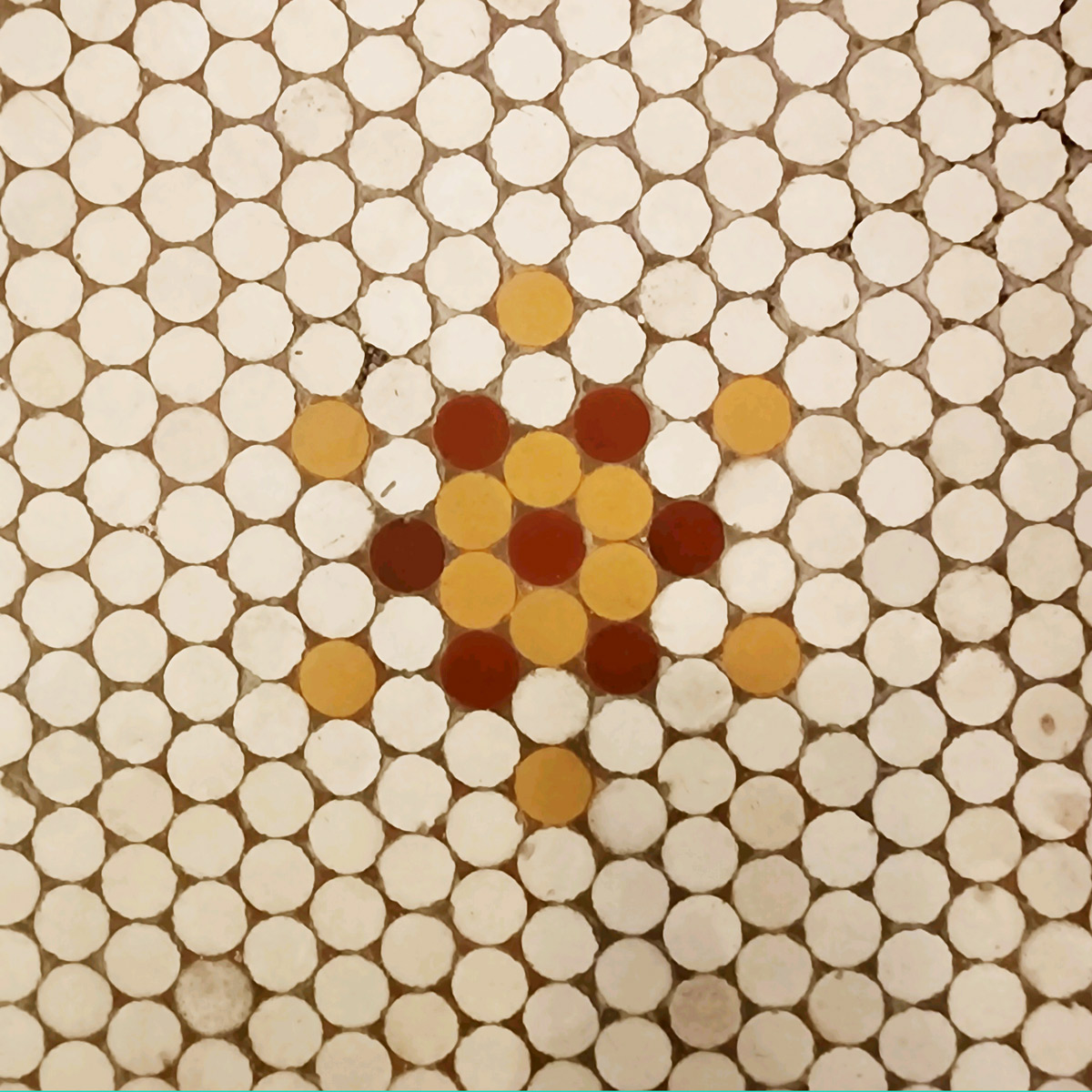
Close up of flower pattern in Victorian floor.
The Victorians were not the first to use tile work in floors though. The earliest mosaics, using shells, stones and ivory, date as far back as 3 BCE. The Greeks and Romans adored colorful tile work on walls and floors for decorative spaces.
However, Victorians favored the use of white tiles and a hint of color in order to easily spot and clean dirt. That extra grout and dirty white tile may not be quite as popular with the busy homeowner of today.
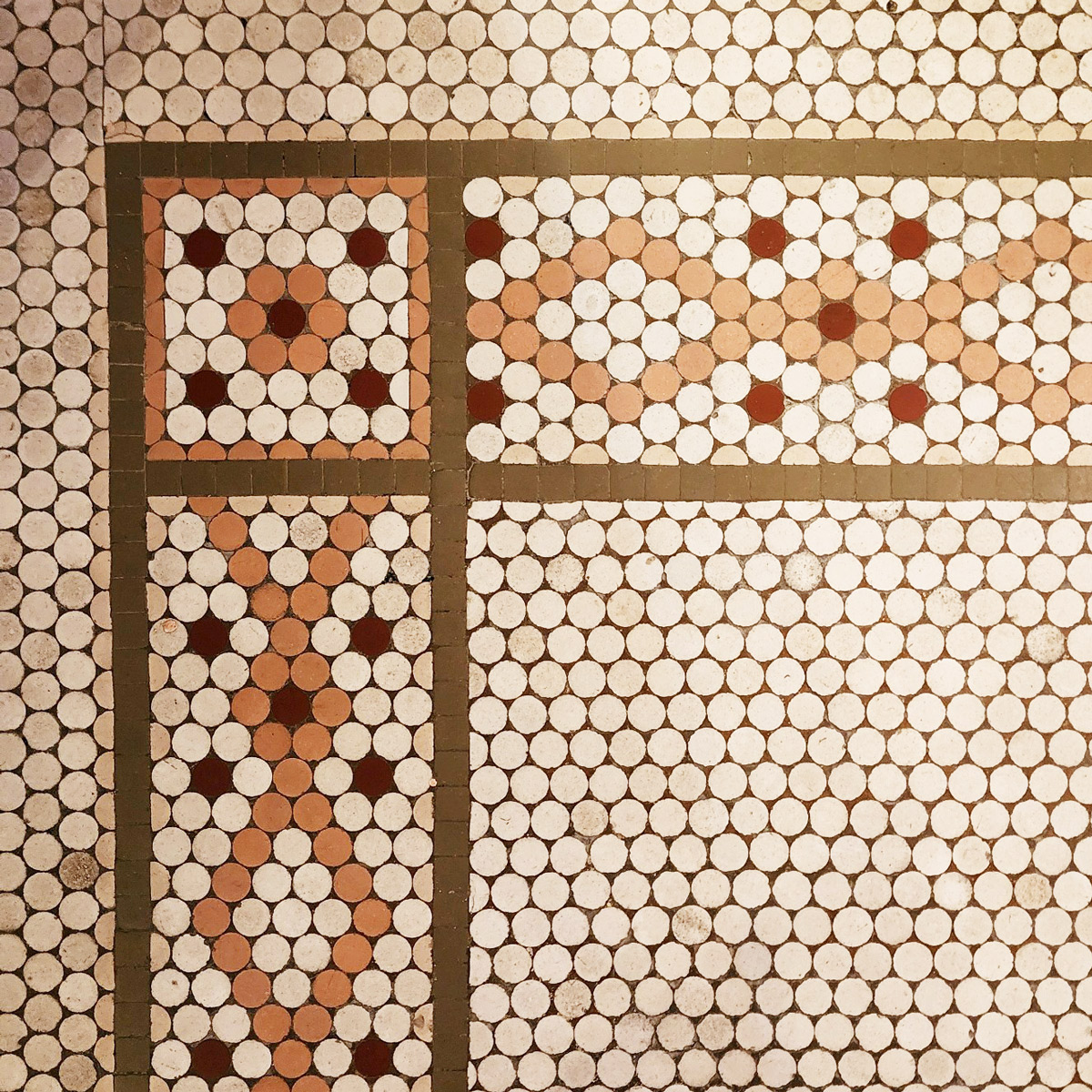
Penny-round tiles used in flooring at the Hawley-Hutzler House in Baltimore.
The penny-round tiles in this post are from the Hawley-Hutzler House Project. Learn more from our series on the house.

